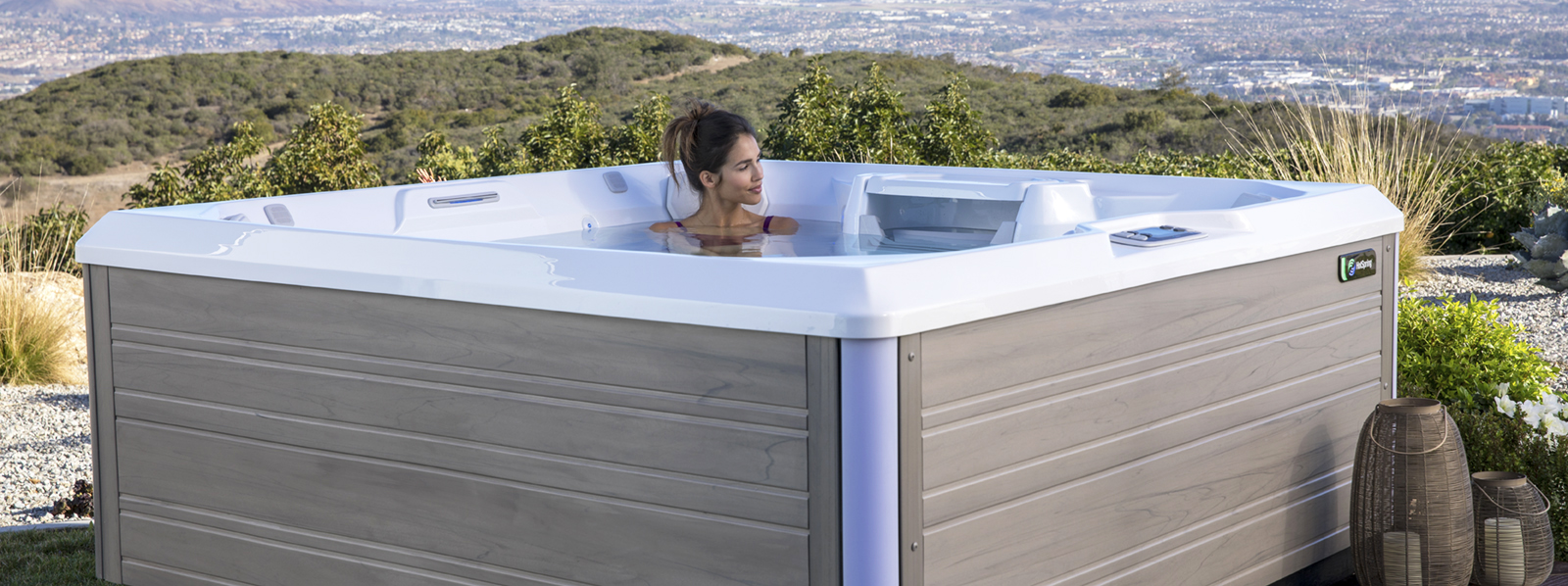5 Best Practices for Maintaining a Hot Tub or Spa

Maintaining your hot tub or spa will ensure you get many years of use out of it and keep it looking great. Using your hot tub or spa regularly can help with muscle pains and stress relief and help improve blood circulation, among other benefits. Here are the best practices to maintain your hot tub or spa and extend the life of your investment.
1. Adjusting Water Chemistry Regularly
Maintaining the proper water chemistry is one of the most important things you can do to keep your spa looking and feeling its best. Some spa owners try to maintain by checking the pH level, but that is not enough. Factors supporting water chemistry include pH, calcium hardness, chlorine levels, and copper levels. You can use test strips for spas to check pH, calcium hardness, and chlorine levels.
Calcium hardness should be at 200 ppm or lower; if it exceeds 400 ppm, you will need to drain water from the spa until it falls below this threshold. However, you can reduce reliance on chlorine by using pure enzymes or enzyme concentrates for Natural hot tub and spa water treatment to break down organic sludge and scum rings, which helps eliminate the need for frequent draining and cleaning. Balanced water chemistry also helps extend the lifespan of your spa equipment and pool.
2. Sanitizing Frequently with Friendly Products
Regularly sanitizing your hot tub is crucial to maintaining the health and cleanliness of your spa. Sanitizing will help protect your hot tub against bacteria and other microorganisms that can cause odor, eye irritation, skin irritations, and respiratory problems. You don’t need to use harsh chemicals to sanitize your hot tub; there are many chemical-free products on the market that work just as well, if not better!
For example, enzyme concentrates help reduce the amount of chlorine you need to achieve an appropriate level of sanitation. Also, using stabilized chlorinated granules instead of liquid chlorine allows the water to remain clear without any noticeable cloudiness.
3. Draining and Cleaning When Appropriate
Maintaining your hot tub and spa by draining and cleaning regularly or as needed is crucial. Otherwise, sediment and other debris will build up in your equipment, leading to costly repairs. Most people have to drain and clean their spas every three months due to the accumulation of dirt and organic matter. However, some models require it more often than others do. Frequent over-reliance on chlorine to cleanse water also requires regular maintenance and upkeep.
However, you can reduce the use of chlorine and the need for regular draining and cleaning while maintaining your spa by adding pure enzymes or concentrates to your spa water. The enzymes will help break down organic matter faster and keep bacteria levels low, reducing the demand for chlorine and regular draining and cleaning. That way, you save time and money while keeping your investment in good shape. Properly maintained hot tubs and spas look better and are safer for bathers.
4. Keep an Eye on pH Levels Daily
If your hot tub’s pH level isn’t balanced, it can cause bacterial growth and irritable eyes, ears, and noses. To keep these symptoms at bay, test your spa water daily. If it gets too alkaline or acidic, add an appropriate amount of pH-neutralizing product to bring levels back into balance. An ideal range of water pH for spas and hot tubs is between 7.2 and 7.8. You can use test strips for spas and hot tubs to check pH levels.
If the pH levels are below 7.2, the water will also irritate the eyes and skin and destabilize the chlorine sanitizer. To correct this, you may need to add the pH-up product to attain the optimal pH range. If the pH exceeds 7.8, you risk an eye, nose, and ear irritation and sanitizer instability. In this case, you can use the pH-down to maintain proper pH levels. However, it’s crucial to follow instructions and avoid adding any of these products in excess. An indicator kit or test strip for spas can help determine when you achieve the right balance. When in doubt, always call in a professional.
5. Clean Filters Regularly and Replace Them When Necessary
The water in your tub will be cleaner and more comfortable if you take care of filters more regularly. The frequency of cleaning depends on usage and manufacturer’s recommendations, but clean them at least once every two weeks. However, it’s crucial not to let your filter dry when it’s still dirty.
A suitable hose and nozzle can help you rinse out any dirt that might have accumulated inside. Otherwise, replace your filter with a new one as soon as possible after noticing a decrease in performance. When replacing filters, make sure to get ones compatible with your specific hot tub model; otherwise, they won’t fit properly and may cause damage to other parts of your hot tub.
Conclusion
With regular care and maintenance and using suitable products, you can ensure that your spa or hot tub stays in good condition. By keeping your hot tub and spa well maintained, you’ll be able to enjoy it longer and ensure that everyone who uses it is safe from potential harm. However, using specific products ideal for hot tub and spa water treatments is always crucial.

Comments are closed.